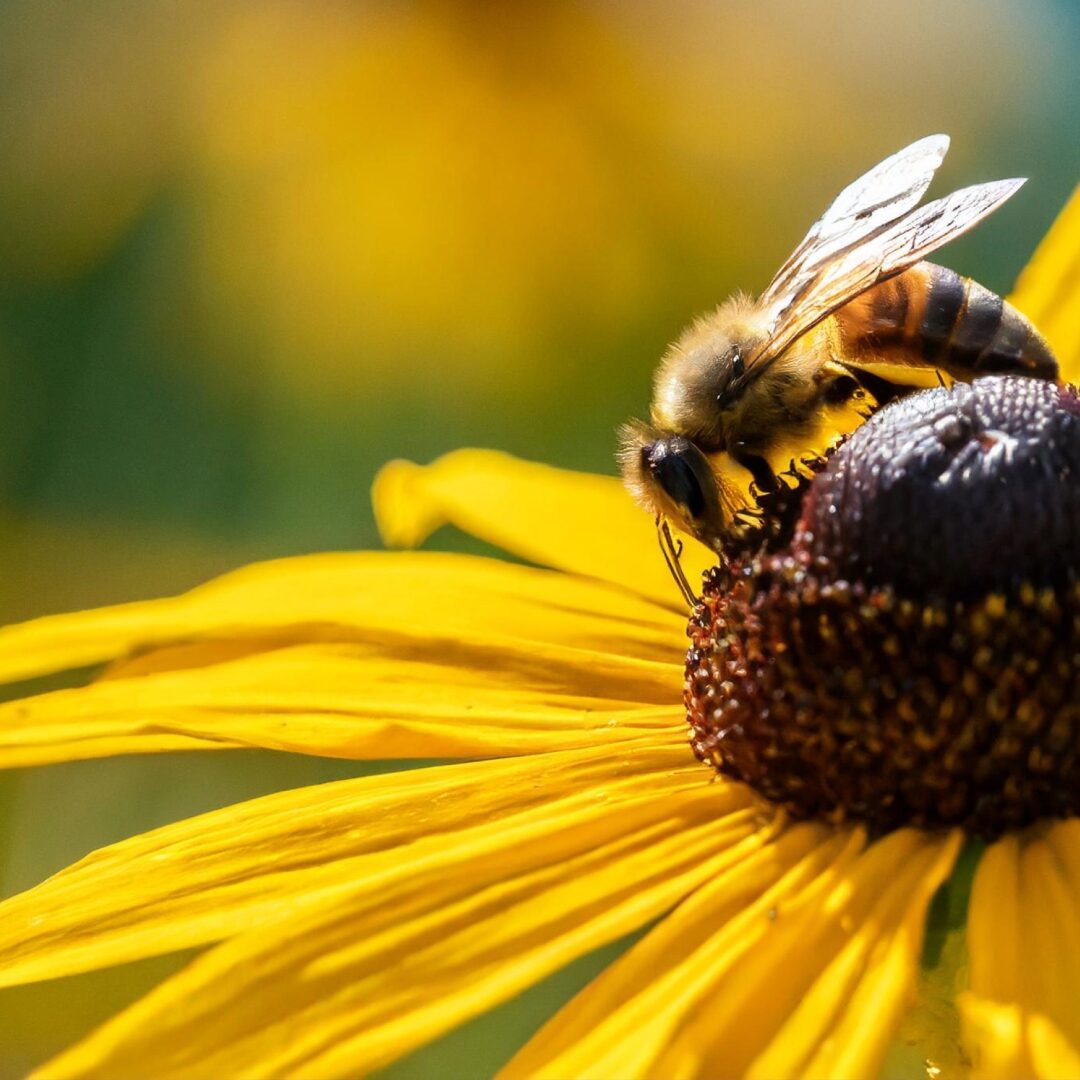Beautiful gardens can often be difficult to maintain. Some plants need different soil types, different nutrients, or different climates entirely. But an easy to maintain garden doesn’t have to be just a dream. Especially for gardens in the Northeast, where native ornamental plants are in abundance.
One of the best ways to make a hardy, easy to maintain garden is by adding native plants into your landscape. Native plants do well in their soil and climate, while non-natives may need special care. Here’s a guide to some of the top native plants for Northeast gardens and tips on how to care for them.
Black-Eyed Susan (Rudbeckia hirta)
Benefits:
- Black-Eyed Susans bloom from June to October with bright, cheerful flowers.
- These plants are fantastic for attracting pollinators like butterflies and bees.
- They’re hardy and resistant to drought once established.
Care Tips:
- Black-Eyed Susans do well in full sun to partial shade.
- Well-draining soil is ideal, but Black-Eyed Susans are adaptable to various soil types.
- Water regularly until established, then water sparingly unless in a drought.
Eastern Purple Coneflower (Echinacea purpurea)
Benefits:
- Eastern Purple Coneflowers produce large, purple-pink flowers that attract birds and pollinators.
- The flowers bloom mid-summer to late fall.
Care Tips:
- Coneflowers thrive in full sun, but can tolerate some shade.
- They prefer rich, well-draining soil and can tolerate poor soil conditions.
- Water regularly, especially during prolonged dry spells.
American Beech (Fagus grandifolia)
Benefits:
- The American Beech is a majestic tree that provides ample shade.
- Its smooth, silvery-gray bark stands out in any landscape.
- The foliage turns a stunning bronze in the fall.
Care Tips:
- Beeches are best planted in moist, well-drained, acidic soil.
- They requires more space to grow; not suitable for small gardens.
- American Beech trees need watering once established, especially in dry conditions.
New England Aster (Symphyotrichum novae-angliae)
Benefits:
- New England Aster provides vibrant purple flowers in late summer and fall when many other plants have finished blooming.
- The flowers are great for attracting late-season pollinators like monarch butterflies.
- Native Aster is hardy and resistant to most pests and diseases.
Care Tips:
- Plant in full sun for best flowering results.
- New England Aster prefers moist, fertile soil but can tolerate occasional wetness.
- Cut back in early spring to promote vigorous growth and prevent flopping.
Sweet Fern (Comptonia peregrina)
Benefits:
- Sweet Ferns are a type of shrub that produces sweet-smelling foliage when crushed.
- These plants are great for erosion control on dry, sandy sites.
- They attract wildlife and provides nesting materials and cover.
Care Tips:
- Plant Sweet Ferns in full sun to partial shade.
- They thrive in acidic, sandy, or rocky soil with good drainage.
- Water regularly during the first year; drought-tolerant once established.
Maidenhair Fern (Adiantum pedatum)
Benefits:
- Maidenhair Ferns have delicate, fan-shaped fronds with a unique, wiry black stem.
- They add a touch of elegance to shaded garden areas.
- These ferns do well in moist, shady conditions where other plants might struggle.
Care Tips:
- Keep soil consistently moist, as Maidenhair Ferns don’t tolerate dryness.
- They do best in partial to full shade in a sheltered location to protect from wind.
- Enrich soil with organic matter to maintain moisture and provide nutrients.
Start planting your garden early in the growing season. Create a garden plan with native plants in mind. When adding to your garden, start small with a handful of natives. Young plants will generally need regular watering or irrigation. There’s an incredibly wide variety of native plants to choose from. Beautiful, low maintenance gardens are just a few plant choices away.






